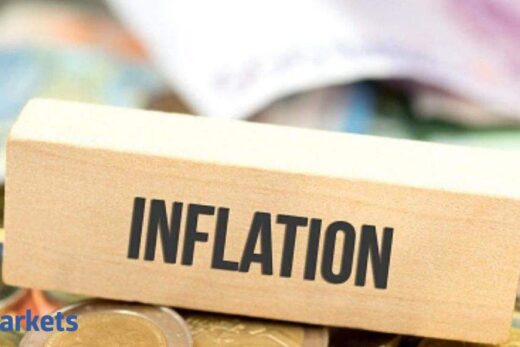While the market has been expecting a road map on withdrawal of liquidity, the surprise from Moody’s could temper the tone.
“Both debt and currency markets are tracking global crude prices and dollar index strength,” said Ritesh Bhusari, deputy general manager – treasury at South Indian Bank. “Ahead of the RBI policy, investors are waiting for the central bank’s analysis on the same, be it liquidity or reverse repo or inflation risk.”
“All these collectively overshadowed the positive impact of Moody’s sovereign outlook change,” he said.
The benchmark bond yield rose to 6.28 per cent from 6.26 per cent, pulling prices down.
The rupee lost 0.72 per cent to the dollar, closing at 74.98 Wednesday. It is the weakest level since April 23.
“The local unit mimicked the dollar strength as the US local economy is regaining fast,” said Kunal Sodhani, AVP, Global Trading Center, Shinhan Bank India. “Rising crude and gas prices, along with US Fed liquidity tapering buzz round the corner remains key investor focus while the news of sovereign outlook revision took back seat.”
Some oil refinery companies were seen buying dollars leading to higher demand for the greenback, dealers said. The RBI was little seen in the market Wednesday to arrest the rupee’s fall.
The increase in crude oil price in the last few days has been caused by a sharp increase in demand as well as constraints on supply.
Oil hit a multi-year high on Wednesday above $83 a barrel, amid the refusal of the Organization of the Petroleum Exporting Countries to ramp up production.
Demand, meanwhile, has gone up due to the growth tendencies in the global economy which necessitates higher consumption.
It is expected now that Brent crude can test the $90 a barrel mark.
“The increase in crude oil prices … will be destabilising for inflation, in particular,” Care Ratings said in a report. Under ceteris paribus conditions, the trade deficit will be pressurised that can lead to a rupee depreciation, especially so as the dollar is reining strong presently.”
The dollar index, which measures the unit against major world currencies, jumped nearly 2 per cent in the past one month to 94.31 Wednesday.
The RBI will announce its bi-monthly monetary policy on Friday.
India’s central bank is expected to keep its benchmark rates unchanged while laying down a roadmap for raising the reverse repo rate, mirroring the calibrated approach Mint Road’s counterparts on either side of the Atlantic are taking to re-acclimatise their economies with normal liquidity flows.
An ET poll of 24 banks, funds and financial institutions showed that the Monetary Policy Committee (MPC) at the RBI would also evaluate inflation risks arising out of the global energy crisis and rising motor fuel prices, something that could potentially dent growth and upset balance of payments.
Ratings firm Moody’s Investors Service Tuesday changed India’s sovereign rating outlook to ‘stable’ from ‘negative’, and affirmed the country’s rating at “Baa3″, citing limited downside risk for the local economy.
On Wednesday, Moody’s raised the rating outlook for 18 Indian companies and banks, including Reliance Industries, Infosys, SBI and Axis Bank, to ‘stable’ from ‘negative’.



